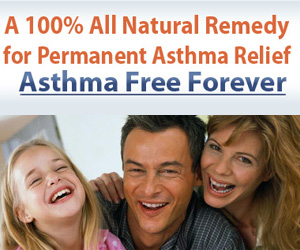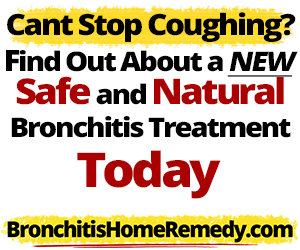Helping Your Kids Cope With Asthma
Nearly 5 million U.S. children under the age of 18 suffer from asthma, causing them to miss out on childhood fun. They also miss school: Asthma accounts for 14 million absences per year.
Children with asthma do not go through it alone. Parents of asthma sufferers have to take time away from work to provide care to their children, resulting in decreased work productivity.
Additionally, children under the age of 15 suffering from asthma make more than 3.5 million visits to the doctor annually and require 190,000 hospitalizations.
Decreased work productivity, partnered with doctor visits, emergency room visits, hospitalizations and prescriptions, translates into costs of billions of dollars each year.
Asthma occurs when the bronchial tubes become inflamed, creating extra mucus and causing airways to narrow. The result could range from a frequent tendency to cough to minor wheezing to severe difficulty breathing.
While researchers have been unable to pinpoint a cause of asthma, there are many triggers that play a significant role in provoking asthma attacks, including:
- Allergens (fungi/mold, animal proteins, cockroaches and dust mites)
- Irritants (tobacco and wood smoke)
- Viral or sinus infections
- Exercise, especially in cold, dry air
- Stress and strong emotional expression
Between 50 percent and 80 percent of children with asthma develop symptoms before they are 5 years old.
As a parent, your doctor will rely on you to make observations about your child in order to make a proper diagnosis.
There are certain signs and symptoms to look for to determine if your child has asthma.
Is there a family history of asthma or allergies?
What are the child’s symptoms?
How often and severe are the child’s symptoms?
Which medications is the child using?
“There is no cure for asthma,” said Dr. Michael Kaliner, medical director of the Institute for Asthma and Allergy in Chevy Chase, Md. “Controlling bronchial inflammation caused by exercise, cold air or allergens in children is key to preventing asthmatic attacks.”
“For children 5 years and older, one option is Intal, which has been available for more than 35 years,” Kaliner said.
“It works by preventing certain cells from releasing substances that may cause inflammation in the air passages.”
The most common side effects from Intal therapy in controlled clinical studies were throat irritation or dryness, unpleasant taste, cough, wheeze and nausea.
Intal Inhaler should not be used in patients who have shown hypersensitivity to cromolyn sodium or other ingredients in this product. Intal has no role in the treatment of an acute asthma attack.




